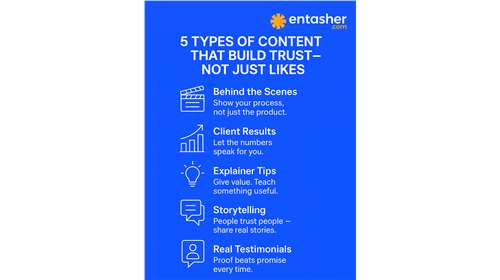
13 Essential Steps for Organizing a Successful Exhibition ✽

Exhibitions are a powerful way to present your work, products, and services to a wider audience. However, show planning can be a complex undertaking, requiring a lot of planning, resources, and effort. To ensure the success of your presentation, you need to follow these 13 important steps.
1- Define the purpose of the presentation:
It is important to know the purpose of the presentation, what you want to achieve, and who your target audience is. This will help you develop an idea that is in line with your goals.
2- Set a budget:
Identify the resources you will need, such as space, equipment, marketing, and staff. Be sure to allocate a budget for each of these items and stick to it.
3- Choose the right venue:
Choose the right venue for your exhibition and it can accommodate the size and style of exhibition you have in mind. This helps you attract more visitors and increases your chances of success.
4- Set a date and time:
Set the best date and time for your event, considering important events or holidays that may conflict with your event.
5- Get the Idea:
Create a theme or mood that ties the show together and encourages engagement. This will help you create a memorable experience for your guests.
6- Choose exhibits:
Choose the exhibit items, making sure they match the mood of the event. This will help you create the perfect display that tells a story.
7- Create a floor plan:
Create a floor plan that is easy to navigate, provides flow, and enhances the visitor experience. This gives you a good impression and keeps visitors engaged.
8- Organize logistics:
coordinate transportation, set-up and disassembly of exhibits, and storage during the show. This will keep everything running smoothly and efficiently.
9- Creating a marketing strategy:
To create a comprehensive marketing plan that includes advertising, press releases, social media, email campaigns, and other promotional activities that will help attract more visitors and generate interest on your demonstration.
10- Contact sponsors and participants:
Contact sponsors and participants who can provide support and funding to the show. This will help you elevate your product and provide a better experience for your visitors.
11- Train staff:
Train staff on their roles and responsibilities at the show, including how to interact with visitors and manage exhibits. This will give your visitors excellent customer service.
12- Organize ancillary activities:
Organize ancillary activities such as seminars, workshops, or tours to increase the value of the exhibit and attract more visitors. This will help you create a more engaging experience for your visitors.
13- Evaluate the event:
Collect feedback from visitors, exhibitors, and staff to assess the success of the show. Use this information to improve future events and ensure you meet your goals.
In conclusion, planning a successful show requires careful planning, attention to detail, and a willingness to adapt to changing circumstances. By following these 13 essential steps, you’ll be able to design and create a successful show that meets its objectives, engages its audience, and delivers value to all stakeholders.



To evaluate the success of your exhibition, gather feedback from visitors, exhibitors, and staff. Use this feedback to improve future events and make sure that you achieve your goals. You can also track key performance indicators such as attendance, engagement, and revenue.
To create a floor plan for your exhibition, consider the flow of traffic, the placement of exhibits, and the availability of space for visitors to move around. Design a floor plan that is easy to navigate, creates flow, and maximizes visitor experience.
To promote your exhibition, develop a comprehensive marketing plan that includes advertising, press releases, social media, email campaigns, and other promotional activities. Engage with sponsors and stakeholders who can provide support and funding for the exhibition.
The first step in organizing an exhibition is to define your objective. Determine the purpose of your exhibition, what you want to achieve, and who your target audience is. This will help you to create a concept that aligns with your goals.
When choosing a venue for your exhibition, consider the size and type of display you have in mind, the location and accessibility, as well as the availability of amenities such as parking, catering, and audiovisual equipment.
To ensure that your exhibition runs smoothly, arrange for transportation, set up, and dismantling of exhibits, as well as for storage during the exhibition. Train staff on their roles and responsibilities during the exhibition, including how to interact with visitors and manage exhibits.